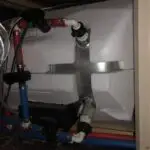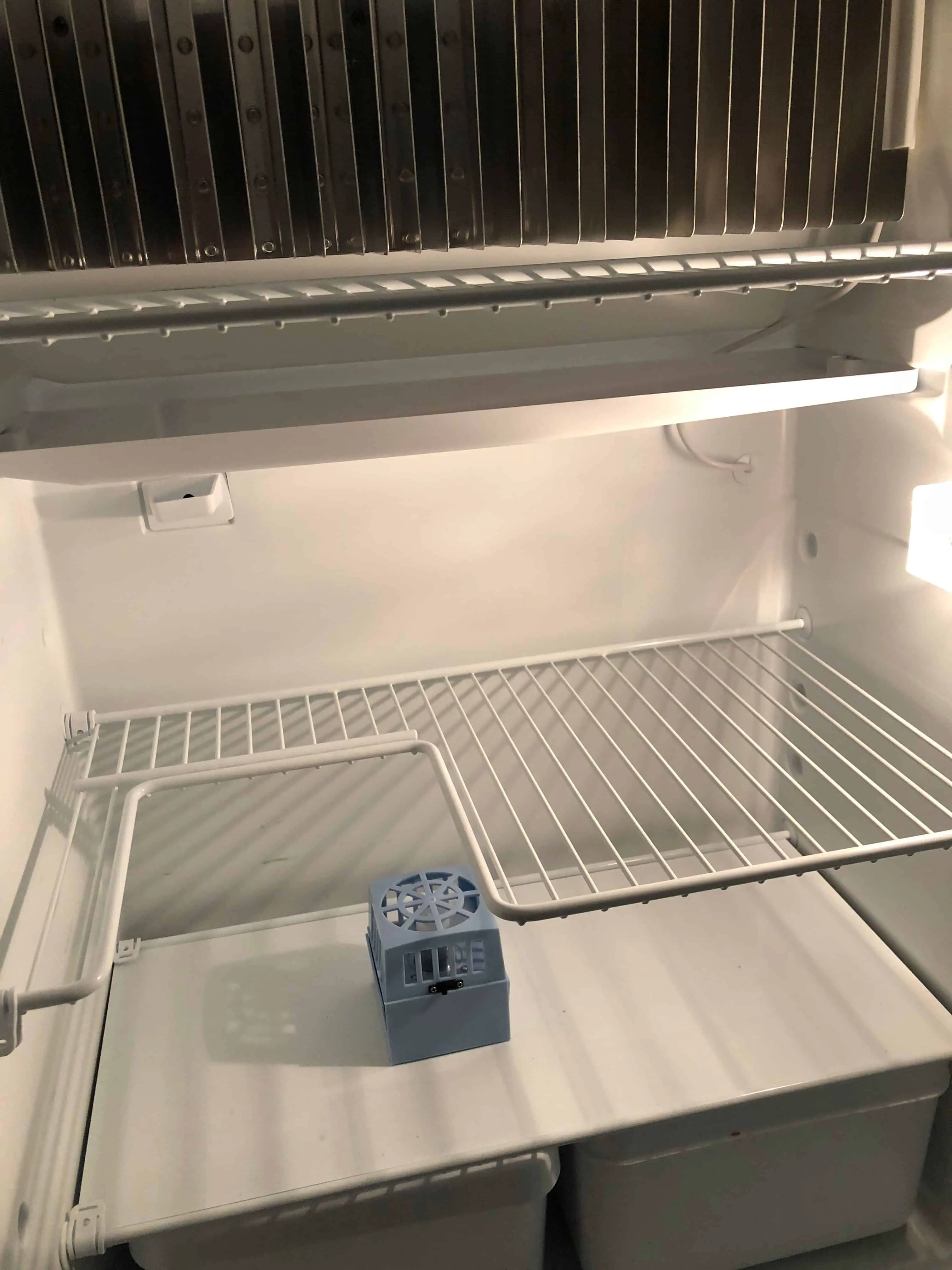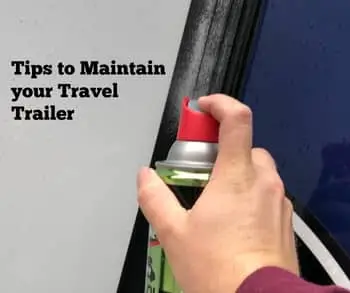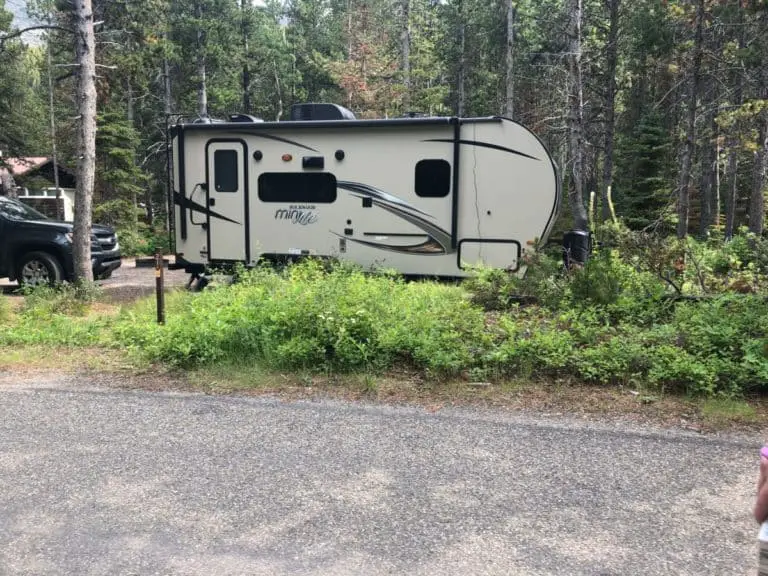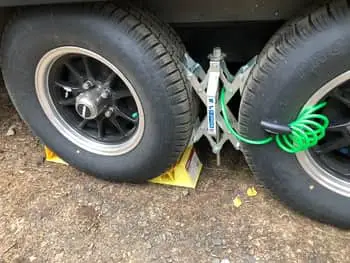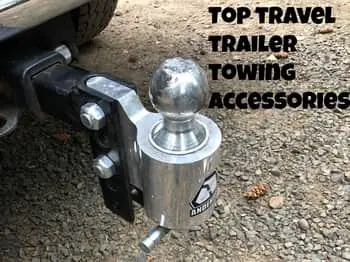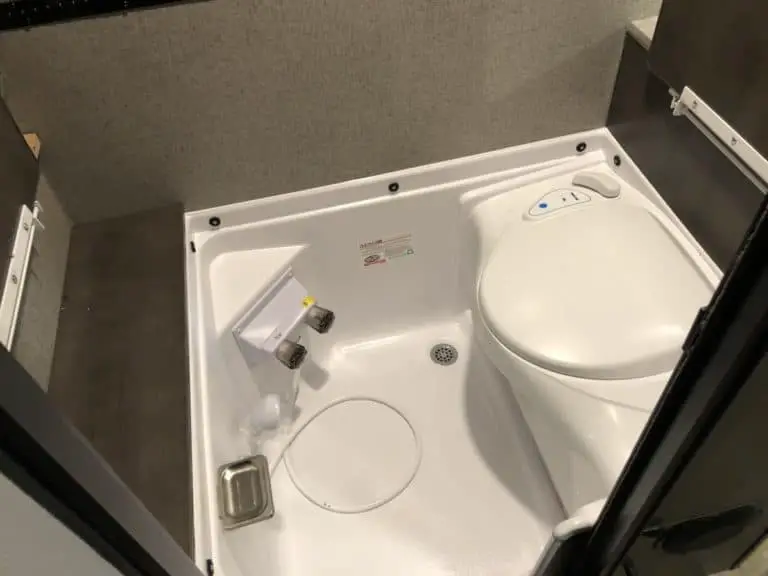Eliminating Stink Bugs from Your RV: Effective Removal and Prevention Methods
True to its name, a stink bug commonly oozes an unpleasant odor when disturbed. An entire infestation on your RV would be unthinkable, so you must start looking for solutions the moment you see one. Luckily, getting rid of these bugs is a relatively simple task most people can do without expert help.
You can get rid of stink bugs in your RV by spraying insecticides, a soap mixture, or vacuuming them up. To keep them out for good, seal all entry points and cracks with caulk or foam. Make sure to fix broken screen doors and windows, and apply deterrents to such areas.
If you’re dealing with a stink bug invasion on your RV, continue reading this article to discover how to eliminate them today! I’ll also share preventive measures to keep it that way for as long as possible.
How To Eliminate Stink Bugs From Your RV
Insect plagues can be an inconvenience, especially when camping with a baby. The worst part is that RVers are almost always clueless about whether a new settling area is entirely pest-free, and it’s usually too late when that isn’t the case.
The good news is that there are many practical ways to eradicate stink bugs. However, squishing them isn’t on that list because of the odor they ooze out.
Here’s a rundown of the best ways to get rid of these annoying insects.
Kill Them With Homemade Remedies (our Favorite Way)
One of the most affordable ways to eliminate stink bugs from your RV is to spray homemade mixtures. Several homemade substances eradicate stink bugs quickly, but the most potent remedy is a combination of the following:
- Half a cup (118.3 ml) of dish soap.
- One cup (237 ml) of white vinegar.
- One and a half cups (354.9 ml) of water (preferably hot).
Mix these liquids in a spray bottle and directly squirt them on any stink bug on sight. They should die in no time without leaving stains on your RV’s walls or floors.
Other effective remedies include:
- Garlic sprays.
- Essential oils, such as Peppermint.
- Neem oil.
- Diatomaceous earth.
You can never go wrong with any of these choices. However, you might want to consider your plants (if you have any in your RV) when choosing what to use. Stink bugs are known to settle around plants, and using products such as peppermint oil in the wrong dosage and concentration can do more harm than good.
Spray Unique Insecticides
Some victims of stink bug infiltration have noticed that conventional insecticides don’t work for the brown type. If you’re dealing with that variety, you might need a special insecticide.
One such insecticide is like this works wonders for killing and preventing bugs (available on Amazon.com). It kills stink bugs in no time, whether sprayed directly or where they frequently visit. It’s also RV-friendly and can last for several months if managed carefully.
Other chemical bug sprays may also work if purchasing HARRIS isn’t an option, so you can keep exploring until you find the right one.
Set Effective Traps
Like other insects, you can capture stink bugs with various traps and dispose of them subsequently.
A study spearheaded by Tracy Leskey in the US proved that ultraviolet blue light attracts stink bugs. Here’s how you can leverage this research to create an effective trap from dish soap and a roasting pan:
- Pour a half gallon (1.9 liters) of water into the pan.
- Add some dish soap to the water and mix it in until it foams up.
- Place your blue UV lamp on the mixture in the RV room where you mostly find them. It has to be dark for the light to attract them.
That’s all! After 12 hours, your trap will be full of stink bugs. You can watch this video to learn how it’s done:
Vacuum the RV
Vacuuming them is also an option, especially if you’re up against a significant infestation. Just empty the bags immediately because some may still be alive.
Bagged vacuums are better for this purpose than bagless ones. You want to be able to safely get rid of the bug-filled bag when done. Using a bagged vacuum also ensures if the insects release their odor, it doesn’t linger in the machine after disposal. This can happen if you use a bagless one, and it’s unpleasant, to say the least.
If you don’t already have a bagged vacuum, we have a Tineco battery vacuum like this and it is great for being out on the road (available on Amazon.com). These come with 50 or 75 bags (depending on your choice), and you can easily detach and attach new ones after every session. Moreover, its strong suction and high-speed roller brush will eradicate every stink bug with little effort.
How To Keep Stink Bugs Out of Your RV
Stink bugs have no natural predators to keep their population in check; you’re alone dealing with them. Controlling these bugs can be hectic (especially if there are recurring infestations), and pest Control may not be as responsive as you’d hope.
So as with many other things in life, prevention is better when dealing with stink bugs.
The most important preventive measure for stink bugs is sealing all the possible entrances in your RV with caulk(make sure it is silicone and waterproof) or larger holes with spray foam. They have broad, flattened bodies that can squeeze through tiny spaces, so ensure every hole is covered.
Other preventive measures you can take include:
- Switching off bright lights at night (they’re attracted to light, especially at night).
- Spraying an effective bug spray around your RV.
- Avoiding areas with a high stink bug population (especially near nurseries and thick bushes).
- Using curtains to prevent your RV’s light from shining brightly at night.
- Rubbing your RV windows with dryer sheets to repel them.
- Being more cautious during colder periods, as they seek warmth in shelters (like your RV)
- Keeping any decorative plants away when you suspect an infestation.
Final Thoughts
Stink bugs aren’t known to bite humans or transmit infections like other insects. However, the mere sight of them is enough to want them out of your RV, especially with the pungent smell they release when threatened.
If you’ve already noticed them, try one or a combination of the solutions I’ve shared in this article to eradicate them asap. Remember, your job doesn’t end with getting rid of them; you also need to take preventive measures also to ensure they never come back.
Be the first to be notified about FREE tips, hints, coupon codes, and email-exclusive information. All for FREE!



